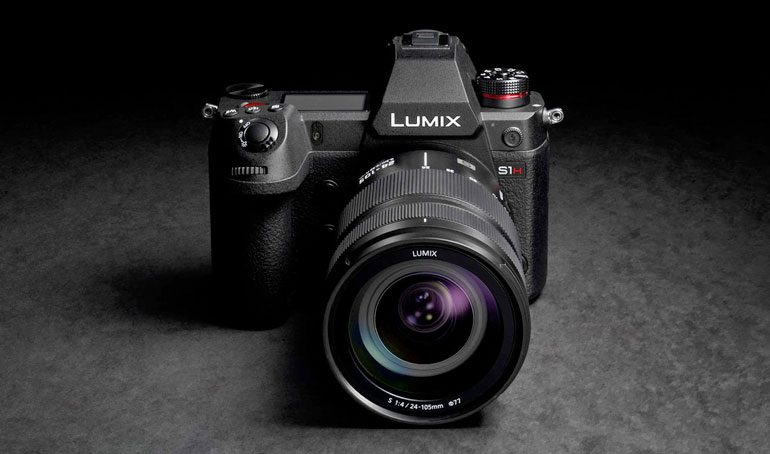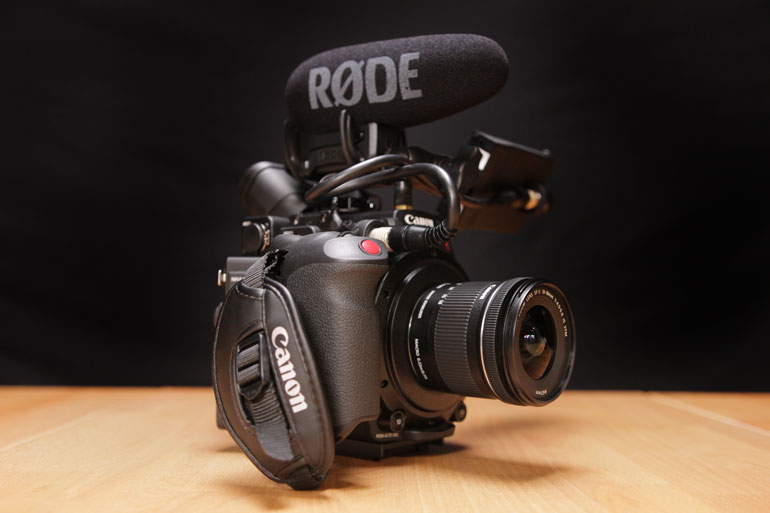6K Cameras And The Case for Super35 4K
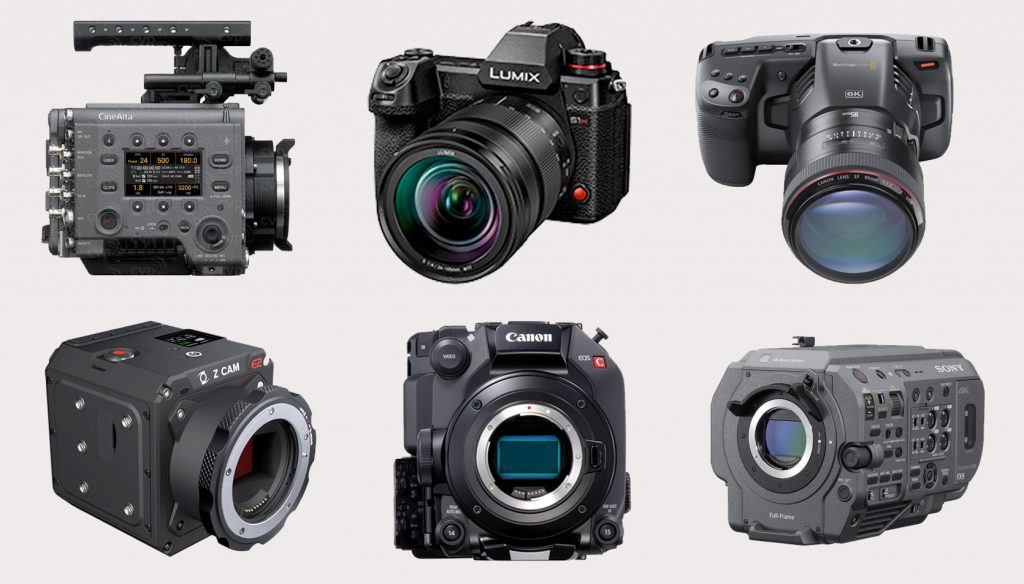
By Chris Koehn
With a number of 6K cameras recently announced or already shipping this year, the big question right now is: should you jump on the current bandwagon, or sit it out and wait for 8K?
While we wait for 8K to arrive, there are now several new 6K cameras to choose from, some with full frame sensors. It's getting harder to avoid getting swept up in the excitement, but we've been through a similar cycle not too long ago, when 4K made its debut in consumer and prosumer cameras.
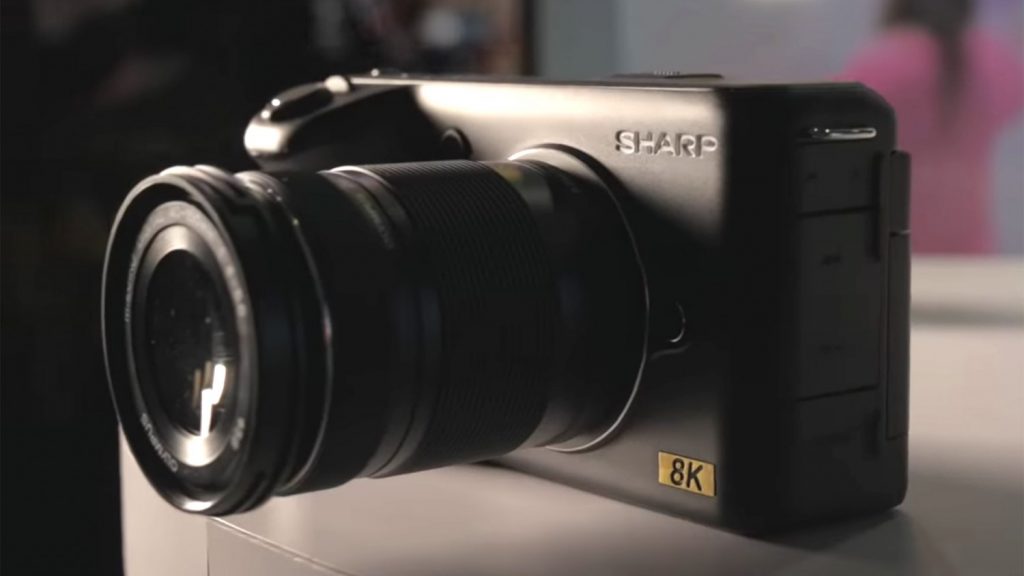
But this time it feels different. Higher resolution and quality improvements are always welcome, but the difference between 4K and 6K is not quite as dramatic as the improvement from HD to 4K. So the argument for upgrading from 4K to 6K-capable cameras becomes a little more nuanced.
If you're delivering videos in 4K, you can certainly punch in on a 6K image to adjust the framing in a 4K timeline, and that down sampling will provide a crisper image with more dynamic range. However, with much of the industry requiring only full HD delivery, your current 4K setup is more than enough to provide an excellent picture - with lots of room to zoom in and reframe in an HD timeline.
One argument for 6K is that you're future proofing your investment. If you're buying a new camera today, you want to ensure many years out of your purchase before you're forced to upgrade due to technical requirements. But if you really want your investment to last in this fast-paced development cycle, wouldn't it make more sense to wait a bit longer for 8K? And just make the best of your current kit until you can save up for something truly groundbreaking?
It appears that some camera manufacturers are holding off on 8K until they've become more comfortable with full frame sensor technology. The Panasonic S1H, for instance, cannot record 4:2:2 10-bit at 4K 60fps internally, because it takes a ton of processing power to internally capture a full frame sensor at high speed, with high data rates, good dynamic range, and a large color spectrum - all while ensuring the camera can sustain insanely fast write speed to a little SD card while avoiding overheating.
Atomos Neon will be able to record 8K ProRes RAW
In the Super 35 world, we've already seen cameras maximize the output of their sensors with a host of internal RAW recording options. And soon external recorders are going to be able to capture 6K, but at lower frame rates. Again, it feels a little familiar, like we've seen all of this before when the industry has tried to move everyone from HD to 4K. And yet, we're all still sitting comfortably in HD.
Creators are raving about the Blackmagic Design Pocket Cinema Camera 6K and the Z CAM E2-S6, perhaps rightfully so. They're market disruptors and will likely be the reason for more cost-efficient gear in the future, as they force the hand of the more mainstream manufacturers. But the problem is, neither of these cameras is ready to shoot out of the box, and both will require a lot of kit to make them reliable A cams.
Newsshooter review of the Z Cam E2 - Photo by Erik Naso
It's not that they are bad cameras, but producing good video is not as simple as it looks on YouTube. Experienced producers know this, but the rest of us are sold the idea that these cameras have democratized filmmaking because of their image quality and low price, and that there is no difference between me and Spielberg if I own one. I contend that there is no way anyone can take one of these cameras out of the box and start producing stellar footage, at least not reliably so.
Content creators, videographers, hobbyists, YouTubers, and indie filmmakers have all clamored for these cameras. They deliver RAW recording, high resolutions and dynamic range, but each requires a minimum of kit to make them produce that glorious image that caused forum-dwellers to dub them names like "RED/ARRI Killer." I don't agree with this judgment myself, but in the right hands and with the right accessories, these cameras can certainly produce terrific images. But this is true of any camera.

First things first: lens mount. Users collectively sighed when Blackmagic Design announced the EF mount for the Pocket 6K. This is puzzling because it was only last year when it seemed like everyone was pleased with the EF mount on cameras such as the Panasonic Varicam LT and Panasonic EVA1, and RED cameras.
EF is a popular photography lens mount that took off in the video world when Canon shook up the world of filmmaking ten years ago, with the launch of the 5D Mark II. EF lenses have enjoyed a place in both filmmakers' and photographers' bags ever since. At the time, it seemed like all of a sudden everyone had Canon glass and the EF mount was seen as must have option on any new camera.
With the advent of the new mirrorless RF lens system, Canon is looking to the future, and I can only speculate that users were hoping that the Pocket 6K had this new mount, or at least the option to change mounts like its older sibling, the Ursa Mini Pro G2. There must still be a large user base with excellent EF lenses, so perhaps this is less of an issue than it appears. The RED Komodo, however, is slated to feature a Canon RF mount with 6k output.
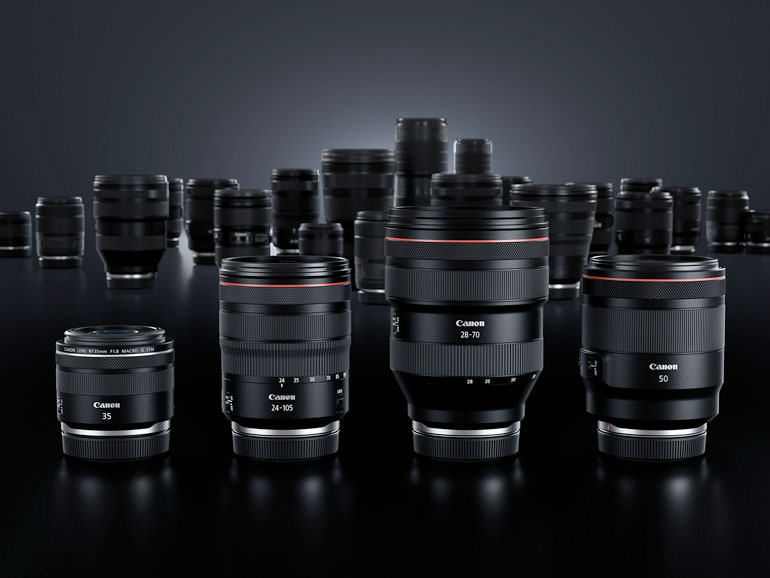
The Z CAM, on the other hand, offers three different mounts. You can buy it with EF, PL or MFT which unlocks a whole lot of choice. This is a pretty obvious win for the ZCAM. Your lens collection will likely help determine which camera you buy, but as I've heard before from other professionals, choose the camera system you want to work with, and then acquire lenses.
Both the Z Cam and the Pocket Cinema Camera 6K can record to proprietary RAW formats, but Blackmagic RAW is gaining ground as a fantastic recording option with a lot of independent filmmakers raving about how far you can push the footage. When you're doing run-and-gun style shooting, this can be a life saver. But when you have the time and resources, shoot it right in the first place and you can make even a Canon M50 look pretty good.
In my opinion, Z Raw is something of a clumsy "workspeedbump." I can't call it workflow as there is very little flow at this time. I haven't used it yet, but from what Z CAM explains, you need to install their Windows only (when I last checked) ZRaw VideoSuite, import your footage, and then convert it.
They should have some ProRes options available in the future as they pursue certification, but I haven't followed up on this recently, and as of yet there are no plugins for Adobe Premiere Pro. You do get a license for Blackmagic's excellent DaVinci Resolve editing suite with the Pocket 6K, to edit the RAW files, so let's chalk this one up as a win for Blackmagic.
Both cameras have less than ideal displays. The Pocket 6K, while boasting a massive touch screen display, is virtually useless without some form of monitor on an articulating arm, thanks to its fixed position at the rear. Although, the recent tease of Tilta's screen modification might be just the right fix.
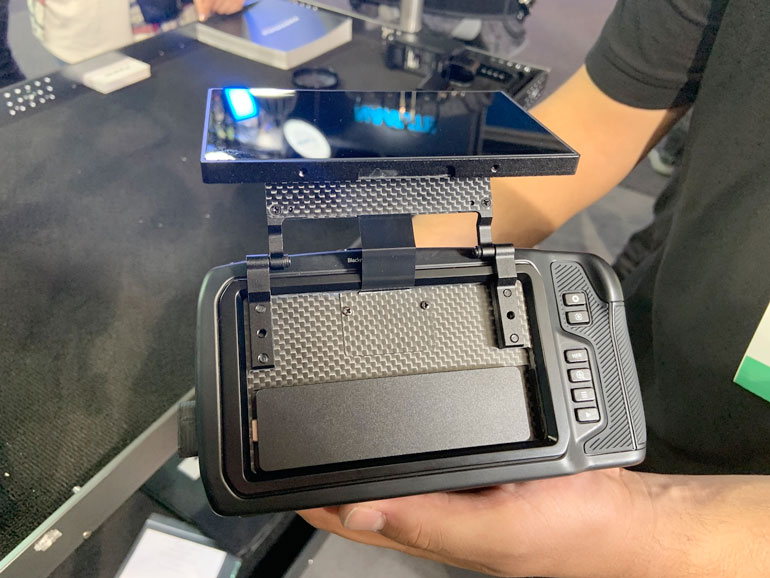
Tilta BMPCC Screen Modification at Newsshooter - Photo by Erik Naso
The Z CAM is even worse with its own postage stamp sized screen. Set aside some money for at least an Atomos Shinobi or one of SmallHD's excellent screens. Then again, if you bought one of these cameras to save money, you might be inclined to check out some of the less expensive monitoring solutions out there. Getting a useful display is up to you, and thankfully there are plenty of options out there.
Autofocus is getting better as each day goes by. Sony's new FX9 is epic-level technology in this arena - as big of a splash was made with their recent announcement as was made when users got a taste of dual-pixel autofocus on Canon cameras. There has to be some way to save money and cut costs on these budget cinema cameras, and autofocus was one of the casualties when the manufacturers passed the savings onto the consumer. It's OK, you can always hire a focus puller with the money you saved, or put some of that money toward a good follow focus unit.
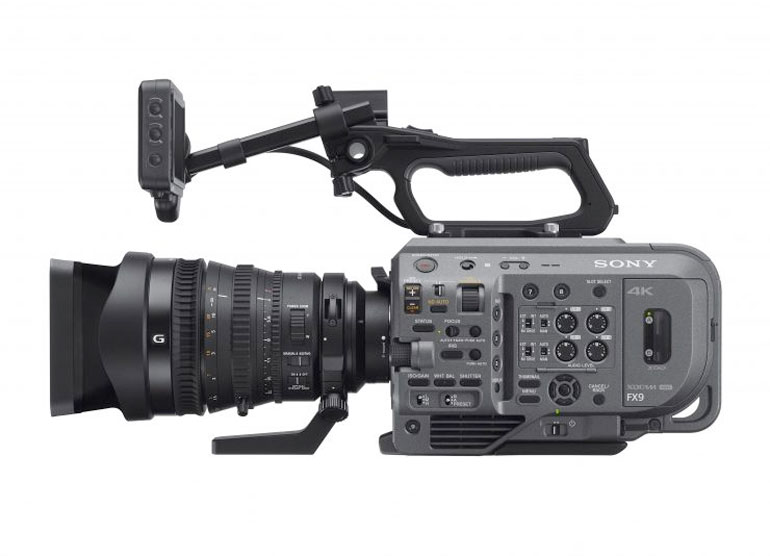
With no in-body stabilization, do you need a gimbal or can you be happy with this camera living on sticks? How is your hand-held camera work? Hand held can be done well and give you a desired look of its own, but stabilization can make run and gun production a lot easier, just like great auto focus can. But of course, filmmakers have lived without these luxuries until recently, and they still made something worth watching.
The ability to record all sorts of formats internally using relatively inexpensive media and SSDs is a real point in favor of these inexpensive cameras. I'd be a little worried about using SSD media myself, as it's quite easy to dislodge USB cables, especially more so as time goes on and the port wears a bit. There are cage solutions to lock down cable connections, but I haven't seen anything aside from a simple SSD holder that prevents the cable from coming out of the actual drive. This isn't really a dealbreaker, but it's something to think about.
If you're going to tackle these higher resolutions and massive bitrates, let's consider your computer hardware. To maximize the use of the Z CAM, you're going to need a Windows box to handle that proprietary software. With Windows or Mac, you're going to need at least 32GB RAM, with a speedy M.2 NVME drive for your NLE install, and at the very least a couple of larger SSDs for your project files and scratch disks. These are but a bare minimum configuration - more is better.
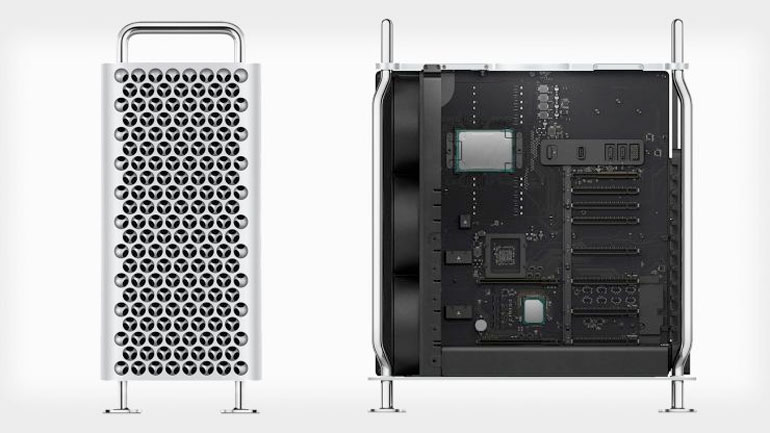
With regards to processing power, AMD has been giving Intel a run for its money lately as both pump out faster processors. But if you're using Premiere Pro, Intel has an edge with its sheer power as opposed to AMD's fantastic number of cores. Premiere Pro, of which I am most familiar, also prefers GeForce graphics cards for their CUDA cores, but the latest NVidia cards are using different technology that Adobe may or may not adapt to. So much to think about.
Once you've kitted out a camera like the Pocket 6K or the Z CAM, you're skirting entry-level cinema camera price territory. And because of the superior ergonomics and usability of cinema cameras, you might just want to consider one of those instead, even if it doesn't provide a RAW image. For video work in a studio or other controlled setting, I would definitely consider one of these Super 35 video production disruptors like the Pocket 6K or the Z CAM E2-S6, but if I needed agility and absolute reliability while shooting unscripted or news video, I would look elsewhere.
For some of us, the price is just too attractive and we'll live without all of the necessary kit to make it a reliable video rig. Instead, we'll buy a half dozen batteries, a couple of inexpensive lenses and try not to shake as we capture that scene we're sure will make the entire project worth it. There are filmmakers who have made do with a lot less and they might just be comfortable with these limitations and have fewer problems overcoming them on their own projects. For the rest of us, we might have to spend a few extra dollars to make it work.
There is a lot of life left in 4K acquisition and the market hasn't exactly made 4K delivery standard yet. Fight GAS (Gear Acquisition Syndrome) and wear out your 4K production kit. Unless a higher resolution standard is your marketing edge, I think it's a safe bet to sit this one out and wait for 8K.
Chris Koehn is a former newspaper journalist turned videographer. With independent documentary and corporate video production experience, Chris helped newsrooms adopt video content strategies as media convergence and DSLR film making transformed the online news landscape.
His video work earned nominations and national news awards in Canada for elections coverage. Chris is now working in independent journalism and documentary while freelancing for Canadian news outlets.
